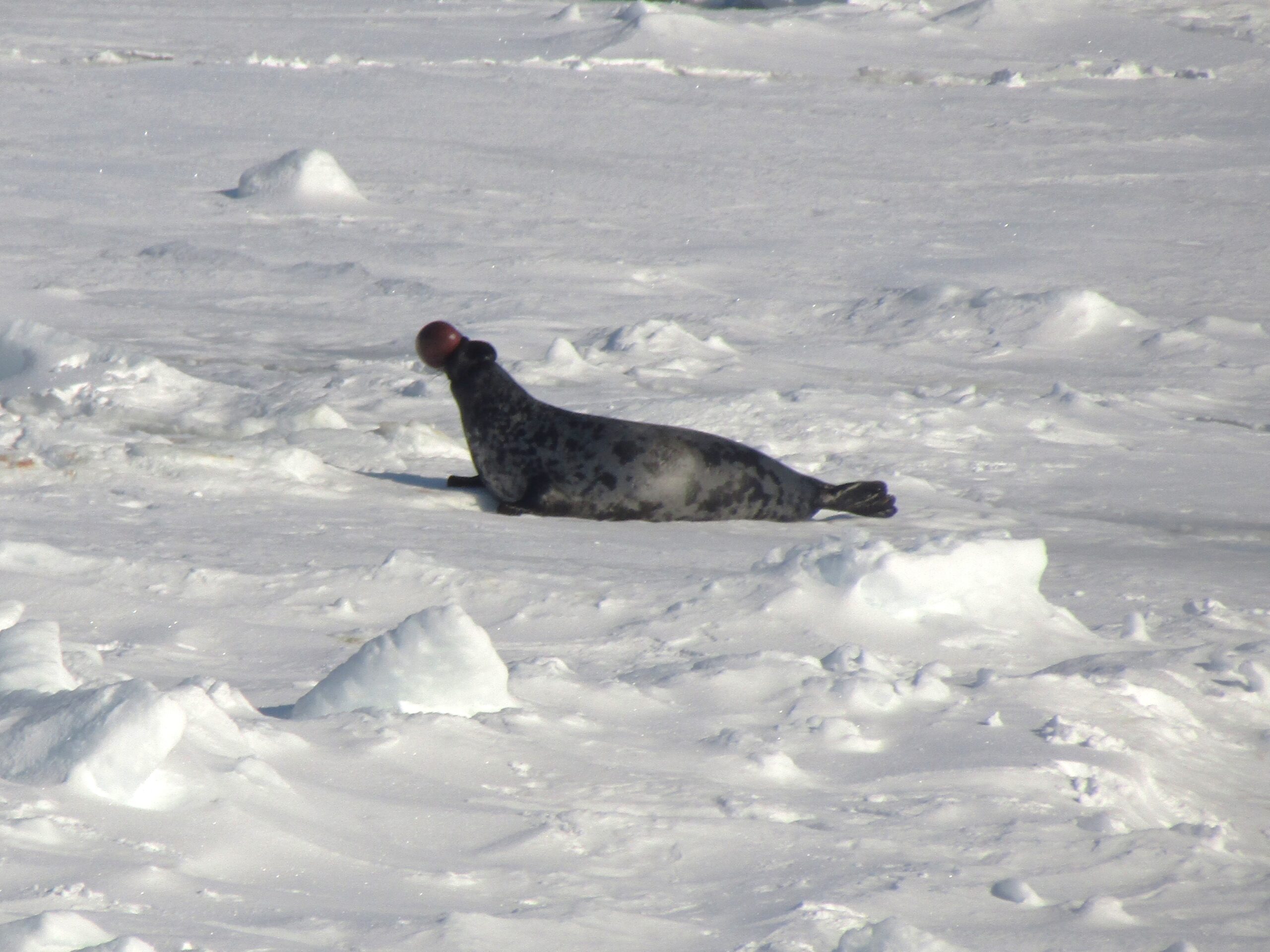Marine mammals
The vast majority of my travels in Canada were out West – from Vancouver to Prince Rupert, and Vancouver Island. This entire region is beaming with marine wildlife.
Yet I lived for over six months in Eastern Canada, outside Toronto, in Ontario. My final trip in the country was a week driving around the Maritime states: Nova Scotia, New Brunswick, and Prince Edward Island. This was just before the pandemic and lockdowns of 2020, and I managed to have a few socially-distanced encounters with marine mammals there, too.
Seals
You may discover across my site that I have a penchant for seals – or rather, pinnipeds. For my love of these cute, chubby creatures encompasses “true” seals, fur seals, sea lions and walruses (the latter I have yet to discover in the wild – watch this space).
Ever since a chance discovery of seals in New Zealand, I have enjoyed encounters with pinnipeds in Australia, the UK, and now, Canada. Canada is home to a variety of seals and sea lions – along both the East and West coasts. In some areas, they are more common than people.

The common seal
My first sighting was on Vancouver Island, British Columbia. Just outside Victoria, near Sooke, as I strolled on a small wooden harbour, an aptly named harbour seal (also known as the common seal) approached me from the water.
It seemed curious enough, swimming under the boards, and coming nearby to look up at me. It stayed just a moment, almost as if to say hello, before it swam off effortless, wiggling its paunchy body away.
Orca
On my second day in Canada, on the ferry from Vancouver to Vancouver Island, I saw orca in the distance. I was told by a resident that wasn’t common, so though it was a brief, I felt already lucky.
Then, on a week-long road trip around the island, I was told by the locals at Kelsey Bay, near Sayward, that whale often pass by. Although we saw none that evening, I was determined to go back the next morning – and we waited patiently.
Suddenly, an onlooker yelled – a pod of orca was coming. I had a much closer sighting of orca this time, as they swam less than 50 metres from shore. I don’t have the words to describe seeing orca in the wild. So, I won’t attempt it, but it was well worth the effort.
Humpback whales
Humpbacks can be seen from the West Coast of Canada, as they migrate to and from Alaska. My first sighting was off the smaller island of Malcolm Island, reached by Port McNeil on Vancouver Island.
Later, a 16-hour ferry ride from Vancouver Island to Prince Rupert led to up to 30 sightings in one day! I think the sound from the large ferry may have put the whales off, as they tended to submerge when we came closer, and I only spotted them in the distance. It was a great journey, nonetheless.
While I have been lucky enough to observe whales from the coast, I think it might be worth paying for a boat tour to see them up close. The tours offer a better chance of spotting them.

Sea lions
I found sea lions in British Columbia far more elusive. The Californian sea lion avoided me entirely. I did spot some Stellar sea lions, but from far away.
Pinnipeds are generally far wearier on land, given their relative lack of mobility. Unless you come across a colony, land sightings are rare. They are far more comfortable in water, and they may swim close to you if they are curious – and these proficient swimmers can be confident they can escape easily.
As always, even with these roly-polies, given them space – as they have sharp teeth and a strong bite.




The cutest
On Prince Edward Island, a daily ferry is a cheap way to the Iles de la Madeleine (Magdalen Islands), Quebec. The islands are far out in the Gulf of St Lawrence, and even in mid-March, the boat had to break through thick sheets of ice to reach them.
In spring, the islands are famed for cute white cubs – baby Harp seals. I decided against doing a tour, because the very same tour companies that warn about increasing global temperatures melting the sea ice that home the cubs, offer helicopter rides out to the ice to see them. I’ll let you work out the contradiction in there. Either way, I contented myself with seeing the baby seals from the ferry – I figured as they run anyway, I wasn’t adding as much to my carbon footprint.



And the not-so-cute
It was a shame not to see the seals up close – and I annoy myself (and probably others) with my principles sometimes. Still, I spent much of the ferry rides standing on deck, watching the truly amazing sights of the deep blue sea becoming white sheets of ice. The ferry had to break through the ice to continue on.
On the return, I spotted an even more extraordinary species of seal, one I didn’t know existed – the hooded seal. Adult males can inflate a balloon-like sac from one of its nostrils – so large I could spot them from far away. There were countless seals sprawled over the ice – reportedly hundreds of thousands come here for Spring, so where better to go if you want to see them.



Video footage
A couple of sea lions frolicking in the sea.
A sea lion taking a dive.
A seal colony in Howe Sound, Squamish.